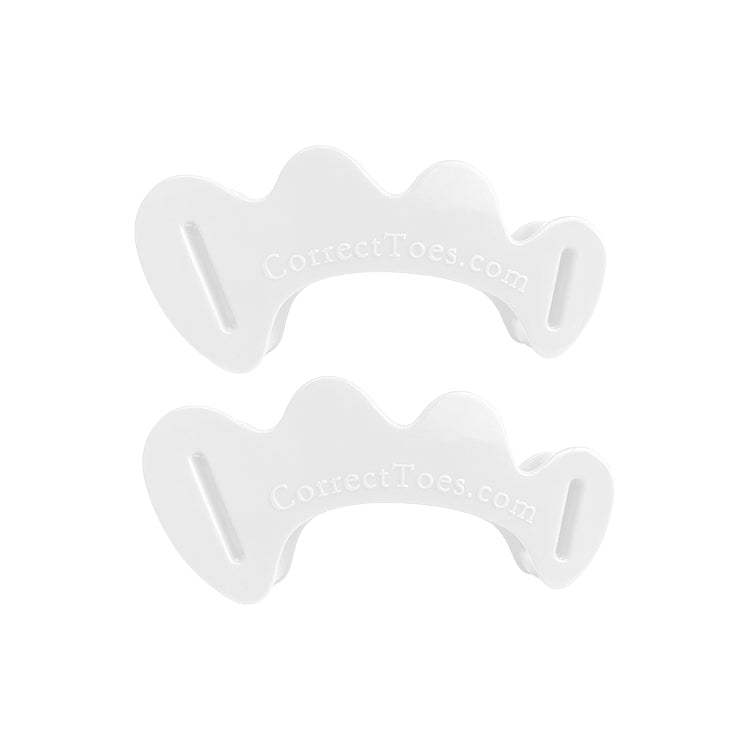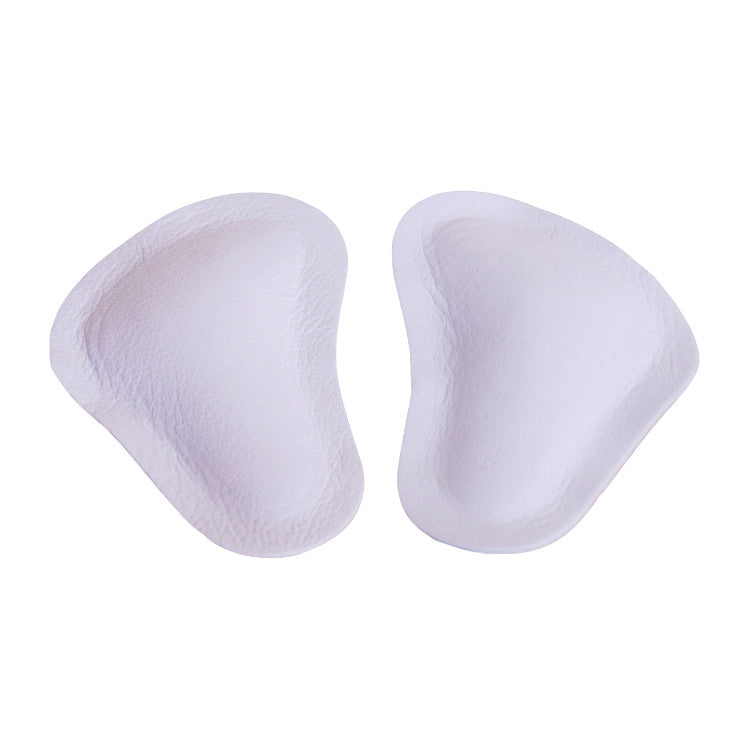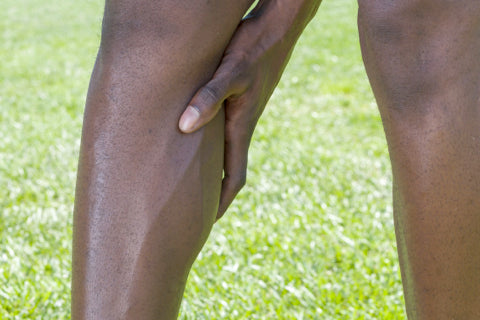
Definition
Shin Splints: Acute pain in the shin and lower leg.
General Info
Shin splints are a lower extremity health problem involving pain and tenderness along or behind the inner edge of the lower two-thirds of the tibia—the larger of the two bones in the lower leg. Shin splints commonly occur following vigorous physical activity, including endurance exercise and other sports involving running. Shin splints occur when certain muscles and tendons as well as the periosteum—a membrane that covers the outer surface of all bones, including the tibia—become inflamed.
Shin splints are a common lower extremity problem, especially among athletes. Most athletes experience shin splints at some point during their lives. Certain risk factors may increase the likelihood of developing shin splints, including:
- Flat feet
- Abnormally rigid foot arches
- Certain running or jogging training errors
- Participation in dance and/or military training
The underlying cause of shin splints usually dictates the specific location of the symptoms, but most people with this health problem experience pain or discomfort along both sides of the tibia or in the nearby lower extremity muscles.
Signs & Symptoms
Some of the most common signs and symptoms associated with shin splints include:
- Mild swelling in the lower leg
- Tenderness in the lower leg, near the tibia
- Pain or a dull ache in the lower leg, near the tibia
- Lower leg pain that’s felt most acutely in the early stages of physical activity
Shin splints pain may wax and wane during physical activity. In many cases, shin splints pain during an activity causes abandonment of that activity.
Possible Causes
The pain associated with shin splints is caused by a disruption of Sharpey’s fibers—collagenous fibers that connect lower leg fascia to the tibia’s periosteum. The impact forces that occur during repetitive stress (especially in poor footwear) cause excessive pulling on these fibers, which leads to irritation of the periosteum and shin splints. This problem is compounded when running uphill, downhill, on hard surfaces, or on uneven terrain.
Irritated and swollen muscles associated with overuse, foot arch collapse associated with flat feet or overpronation, and stress fractures (small, hairline breaks) in the lower leg bones are all possible causes of shin splints or pain in the lower extremity.
The true underlying cause of shin splints, however, is inappropriate footwear, including shoes that possess the following design characteristics:
Rapid changes in physical activity levels, especially in combination with poor footwear choices, are a significant contributor to this health problem. Running longer than usual distances, boosting the number of days exercised per week, changing the surface run or exercised on, and suddenly increasing the volume or intensity of hill workouts can all place significant stress on lower extremity tissues and lead to shin splints, even in trained athletes.
Helpful Strategies
Shin splints may self-resolve, though they are likely to recur if the underlying factors that cause this health problem are not dealt with in a timely and appropriate manner. Treatment for shin splints falls into two distinct categories: Acute (i.e., immediate) and long-term.
Acute treatment measures may include:
- Rest
- Massage therapy
- Taping procedures
- Elevating the affected leg
- Applying heat rub to the involved area
- Gently stretching the Achilles tendon and anterior lower leg muscles
- Foam rolling (avoid foam rolling if your shin pain is due to stress fractures)
- Revising your training methods (i.e., temporarily reducing the intensity of your workouts or the amount of hill work that you’re doing, or running on softer surfaces such as grass or trails instead of pavement)
Long-term treatment measures, to help prevent the recurrence of shin splints, include:
- Restoring natural toe splay using Correct Toes toe spacers. The splayed-toe configuration enabled by Correct Toes encourages a lower-impact gait pattern, which in turn reduces stress on the periosteum
- Wearing men's and women's foot-healthy footwear (i.e., footwear that's shaped like a natural foot)
- Wearing compression socks during athletic activity
- Using metatarsal pads (metatarsal pads help spread the transverse foot arch, bring the toes closer to the ground, restore muscle/tendon balance in the foot and lower leg, and encourage proper weight distribution across the entire foot, including the toes)
- Adopting an appropriate training plan (i.e., a plan that gradually ratchets up training volume and intensity)
- Performing key stretches (especially the Toe Extensor Stretch) before and after physical activity
- Performing ankle and calf strengthening exercises
If you want to learn more about shin splints, including the difference between conventional and natural approaches to treatment and prevention, please check out this helpful video.

WANT TO IMPROVE YOUR FOOT HEALTH?
Let the team at Natural Footgear help you! Subscribe to our newsletter for the latest offers and helpful info, and sign up for our FREE email courses on various topics and foot health conditions.
Sign Up →
Want to Improve Your Foot Health?
We are here to help you every step of the way. Get our newsletter for the latest offers and helpful info, and sign up for our FREE email courses on various topics and conditions, including bunions, hammertoes, neuromas, plantar fasciosis, shin splints, ingrown toenails, and more.
Sign Up →
 Shin splints are a common cause of lower leg pain in many people, especially athletes. In this video, Dr. Ray McClanahan, a sports podiatrist at Northwest Foot and Ankle and the inventor of Correct Toes, describes the two unique types of shin splints and how this painful lower leg problem is addressed using both conventional podiatric methods and natural, conservative treatments. Dr. Ray states that most people who develop shin...
Read more
Shin splints are a common cause of lower leg pain in many people, especially athletes. In this video, Dr. Ray McClanahan, a sports podiatrist at Northwest Foot and Ankle and the inventor of Correct Toes, describes the two unique types of shin splints and how this painful lower leg problem is addressed using both conventional podiatric methods and natural, conservative treatments. Dr. Ray states that most people who develop shin...
Read more












Dr. Robyn, great information and very helpful. Thanks!
Hi, Julio,
Thank you for your comment. And thank you for your kind words! I’m happy to hear that you found the article helpful. You might also appreciate this article, which discusses conventional vs. natural approaches to shin splints:
www.naturalfootgear.com/blogs/education/17914668-shin-splints-conventional-vs-natural-approaches
I hope this info is helpful. If you have any questions, please do send them my way!
Kind Regards,
Robyn Hughes, ND